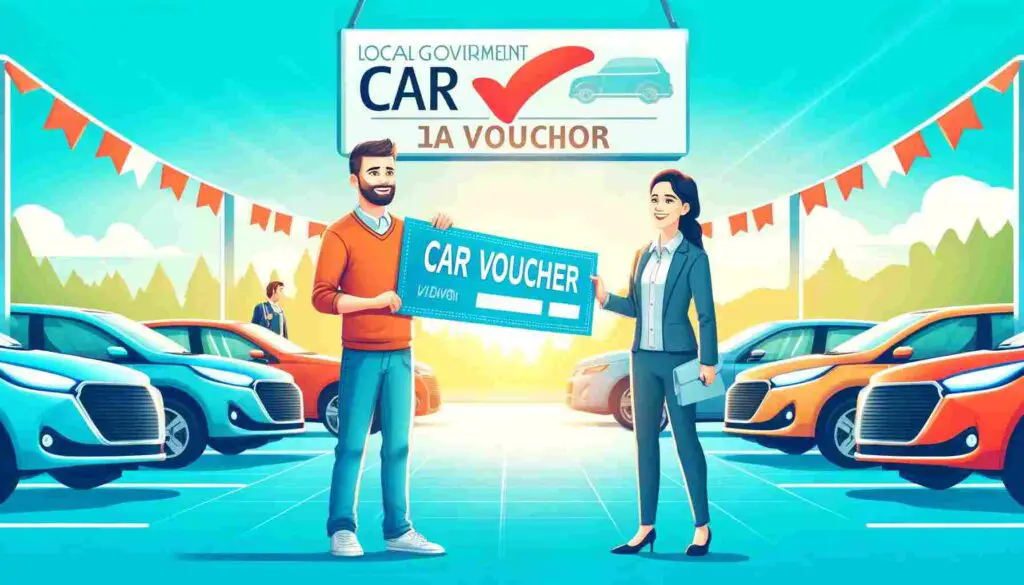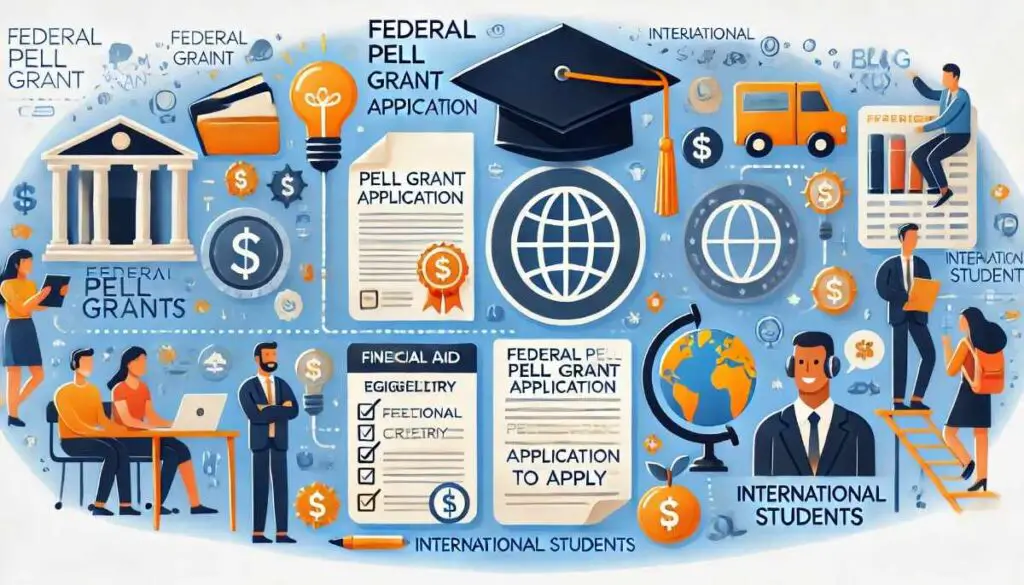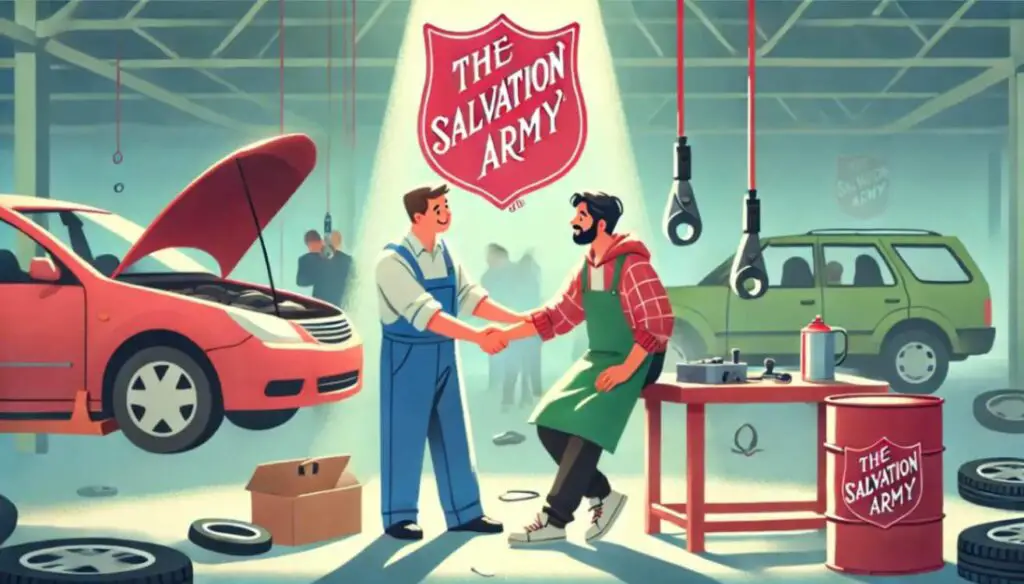Local government car voucher programs provide a vital service, enabling individuals and families in need to secure affordable transportation. These programs are designed to tackle mobility challenges, particularly in underserved communities, while promoting environmental sustainability. In this guide, we will explore the significance of car voucher programs, how they work, and the benefits they offer to both individuals and society at large.
What Are Local Government Car Voucher Programs?
Car voucher programs are government-funded initiatives that assist residents in purchasing or repairing vehicles. By offering financial aid, these programs make car ownership more accessible for those who might otherwise struggle to afford it. They can take various forms, including assistance for purchasing new or used cars or providing funds for car repairs.
Local governments use these programs to address transportation disparities, particularly in areas where public transportation options are limited or non-existent. By assisting individuals in acquiring reliable vehicles, these programs foster independence, improve access to work and education, and enhance overall quality of life.
Why Local Government Car Voucher Programs Matter
Addressing Transportation Issues in Urban and Rural Areas
Many communities, especially rural and low-income urban areas, suffer from inadequate public transportation systems. In such areas, a car is often essential for accessing essential services like healthcare, education, and employment. Car voucher programs bridge this gap by offering financial assistance, helping residents purchase vehicles that improve their mobility.
Encouraging Environmental Sustainability and Reducing Emissions
In addition to improving mobility, car voucher programs often emphasize the promotion of environmentally friendly vehicles. Many local governments provide vouchers for electric and hybrid cars, contributing to the reduction of carbon emissions and fostering a more sustainable future. By making green transportation options more affordable, these programs play a crucial role in combating climate change.
Chapter 1: Understanding the Basics of Local Government Car Voucher Programs
How Do Car Voucher Programs Work?
The process of applying for a car voucher generally follows a straightforward path:
-
Application Submission: Eligible individuals apply through local government agencies, either online or in person.
-
Eligibility Verification: Applicants must meet specific requirements, such as income thresholds or residency status.
-
Voucher Approval: Once approved, the voucher provides a set amount of financial assistance, either as a percentage of the car’s cost or a fixed amount.
Eligibility Requirements
Eligibility varies depending on the region and program type. Common factors include:
-
Income Level: Most programs are aimed at low-to-moderate income individuals.
-
Residency: Applicants must usually be residents of the area administering the program.
-
Vehicle Condition: Some programs are designed for vehicle repairs, while others focus on car purchases.
Types of Car Voucher Programs
-
Purchase Assistance: These programs provide financial help to purchase either new or used cars. The amount offered varies based on the applicant’s needs and the vehicle’s cost.
-
Repair Assistance: These programs focus on helping individuals repair their existing vehicles, ensuring they remain functional and safe.
Chapter 2: The Benefits of Car Voucher Programs
Providing Affordable Transportation Solutions
Local government car voucher programs help individuals and families who struggle to afford transportation. By reducing the upfront cost of purchasing a car or repairing an existing one, these programs make car ownership accessible to more people.
Helping Low-Income Individuals and Families
For low-income families, owning a car is often a distant dream. Car voucher programs provide the financial assistance needed to make that dream a reality. This is particularly important for families living in rural areas where public transportation may be limited or nonexistent.
Assisting in Rural and Underserved Communities
Rural areas often lack the infrastructure for public transit, making private car ownership a necessity. Car voucher programs ensure that residents in these communities can access transportation, whether it’s for work, healthcare, or education.
Environmental Benefits
Promoting Eco-Friendly Vehicles
In recent years, many car voucher programs have been designed to encourage the purchase of electric and hybrid vehicles. These cars produce fewer emissions, helping to reduce the carbon footprint of transportation.
Reducing Carbon Footprints
The shift toward electric vehicles (EVs) is integral to environmental sustainability. By making EVs more affordable through voucher programs, local governments play an essential role in reducing air pollution and promoting green initiatives.
Economic Impact
Supporting Local Economies Through Car Purchases and Repairs
Car voucher programs stimulate local economies by encouraging car sales and repairs. Local dealerships and repair shops often see increased business, leading to job creation and economic growth.
Job Creation in the Automotive and Service Sectors
The increased demand for vehicles and car repairs spurred by voucher programs contributes to job creation within the automotive industry. This includes jobs in car dealerships, repair shops, and related industries.
Chapter 3: The Application Process for Car Voucher Programs
Eligibility Criteria
To apply for a car voucher, applicants typically need to meet specific eligibility requirements, which may include:
-
Income Levels: Programs are often targeted at individuals within a certain income bracket.
-
Residency: Applicants must usually reside within the jurisdiction offering the program.
-
Car Specifications: Some programs specify the type or condition of the car eligible for assistance.
Steps to Apply for a Car Voucher
The application process usually involves the following steps:
-
Submit Application: Fill out the required forms and provide necessary documentation.
-
Verification: Government agencies will verify your eligibility based on the criteria.
-
Voucher Issuance: If approved, the voucher will be issued for use at participating dealerships or repair shops.
What Happens After You Apply?
After submitting the application, there are typically a few key stages:
-
Application Review: The government will assess your eligibility.
-
Approval Notification: If accepted, you will be notified and given instructions on how to use the voucher.
-
Voucher Redemption: Once approved, you can use the voucher to buy or repair your vehicle.
Chapter 4: Navigating Common Challenges in Car Voucher Programs
Common Issues and Delays in Application Processing
While car voucher programs aim to be efficient, applicants may experience delays in processing. This can result from high demand or funding shortages. To minimize delays, ensure all documentation is accurate and complete when submitting your application.
Understanding Funding Limitations
Some voucher programs have limited funding, which may run out before all applicants are served. In these cases, applicants may be placed on a waiting list or denied assistance.
Chapter 5: How Local Governments Determine Voucher Amounts
Factors That Influence Voucher Size
The size of the voucher typically depends on factors like:
-
Vehicle Cost: More expensive vehicles may qualify for larger vouchers.
-
Household Income: Applicants with lower income may receive higher assistance.
-
Geographical Location: Voucher amounts can vary by region based on local policies and costs.
Adjustments Based on Vehicle Type
Certain vehicle types, such as electric or hybrid cars, may qualify for higher voucher amounts due to their environmental benefits.
Chapter 6: Success Stories from Car Voucher Program Participants
Case Study 1: A Family’s Journey to Affordable Transportation
A low-income family in a rural community used a car voucher program to purchase a reliable used car. The car provided essential access to work, healthcare, and education, improving their quality of life significantly.
Case Study 2: Green Initiatives and the Rise of Electric Vehicle Vouchers
A community that embraced electric vehicle vouchers saw a significant reduction in air pollution. Local government efforts to promote EV adoption through these programs have fostered a more sustainable and eco-friendly transportation culture.
Chapter 7: Local Government’s Role in Supporting Car Voucher Programs
Government Initiatives and Policies
Local governments can implement policies that maximize the impact of car voucher programs. These policies may include partnerships with car dealerships, incentives for eco-friendly vehicles, and funding strategies to ensure the long-term viability of the programs.
Partnerships with Dealerships and Car Manufacturers
Collaboration between local governments and car dealerships ensures that residents can access the best deals on eligible vehicles. These partnerships also help promote environmentally friendly car options like electric and hybrid vehicles.
Chapter 8: Comparison of Car Voucher Programs Across Different Regions
City vs. Rural Voucher Programs
Car voucher programs can differ significantly between urban and rural areas. In rural areas, for example, programs may focus more on providing vehicles that support commuting long distances, while urban programs might emphasize affordability and access to used cars.
State-Level Variations in Car Voucher Programs
State governments tailor their programs based on local needs. Some states may offer more substantial vouchers for electric vehicles, while others may focus on ensuring that low-income individuals can access affordable used cars.
Conclusion
Local government car voucher programs play a crucial role in improving mobility for underserved communities, promoting environmental sustainability, and stimulating local economies. By understanding how these programs work and the benefits they offer, residents can take full advantage of the opportunities available to them. As these programs continue to evolve, they will be instrumental in fostering a more equitable, sustainable future for all.







